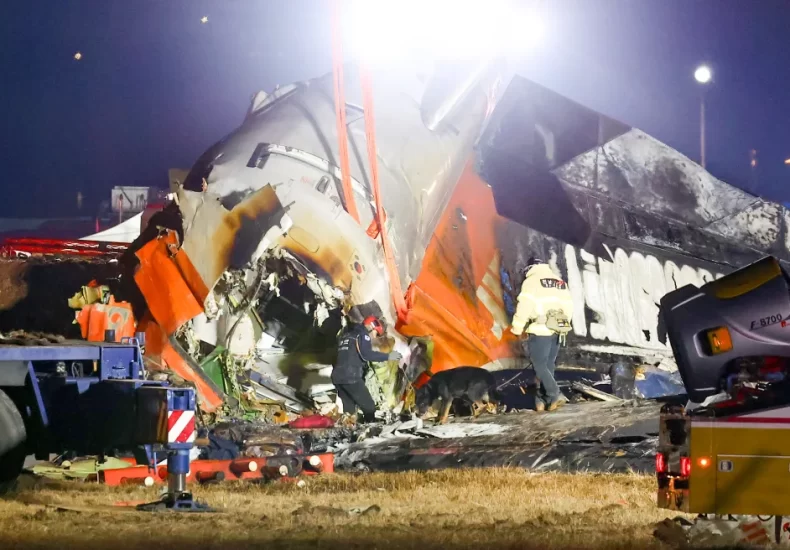
Aviation Experts Uncover Deeper Causes Behind Jeju Air Crash
Jeju Air Crash: Experts Reveal Bird Strikes Aren’t the Whole Story
Bird strikes are a well-known hazard in aviation, but experts argue there’s more to the recent Jeju Air crash than meets the eye. While bird strikes remain a significant concern for airlines worldwide, initial investigations suggest deeper operational and technical factors may have played a role in the incident.
The Bird Strike Factor: A Known Hazard in Aviation
Bird strikes have long been recognized as one of the persistent risks in aviation, causing millions of dollars in damages annually. Birds colliding with aircraft engines or windshields can lead to mechanical failures or compromised control systems. However, aviation analysts emphasize that modern aircraft are designed to withstand such impacts, and crashes rarely occur solely due to bird strikes.
In the case of the Jeju Air crash, initial reports did mention bird activity near the flight path. Yet, aviation safety experts caution against viewing this as the primary cause without deeper scrutiny into other contributing elements.
Operational and Technical Factors at Play?
Preliminary findings suggest operational decisions, aircraft maintenance protocols, and environmental conditions might have compounded the situation.
Flight safety analysts also highlight the importance of pre-flight checks and situational assessments. A minor mechanical issue, if not addressed promptly, can escalate when paired with an unexpected event like a bird strike.
Learning from Past Incidents.
Experts believe the Jeju Air investigation may reveal a similar narrative, emphasizing the need for a holistic view of aviation safety that goes beyond the surface cause.
The Path Forward: Enhancing Aviation Safety
The Jeju Air crash serves as a sobering reminder of the complexities of modern aviation safety. While bird strikes remain a legitimate hazard, airlines must ensure comprehensive safety audits, real-time risk assessments, and rigorous pilot training programs are in place.
Furthermore, advancements in bird detection radar systems and improved flight path adjustments in high-risk zones can significantly reduce the likelihood of such incidents escalating into major crises.